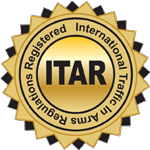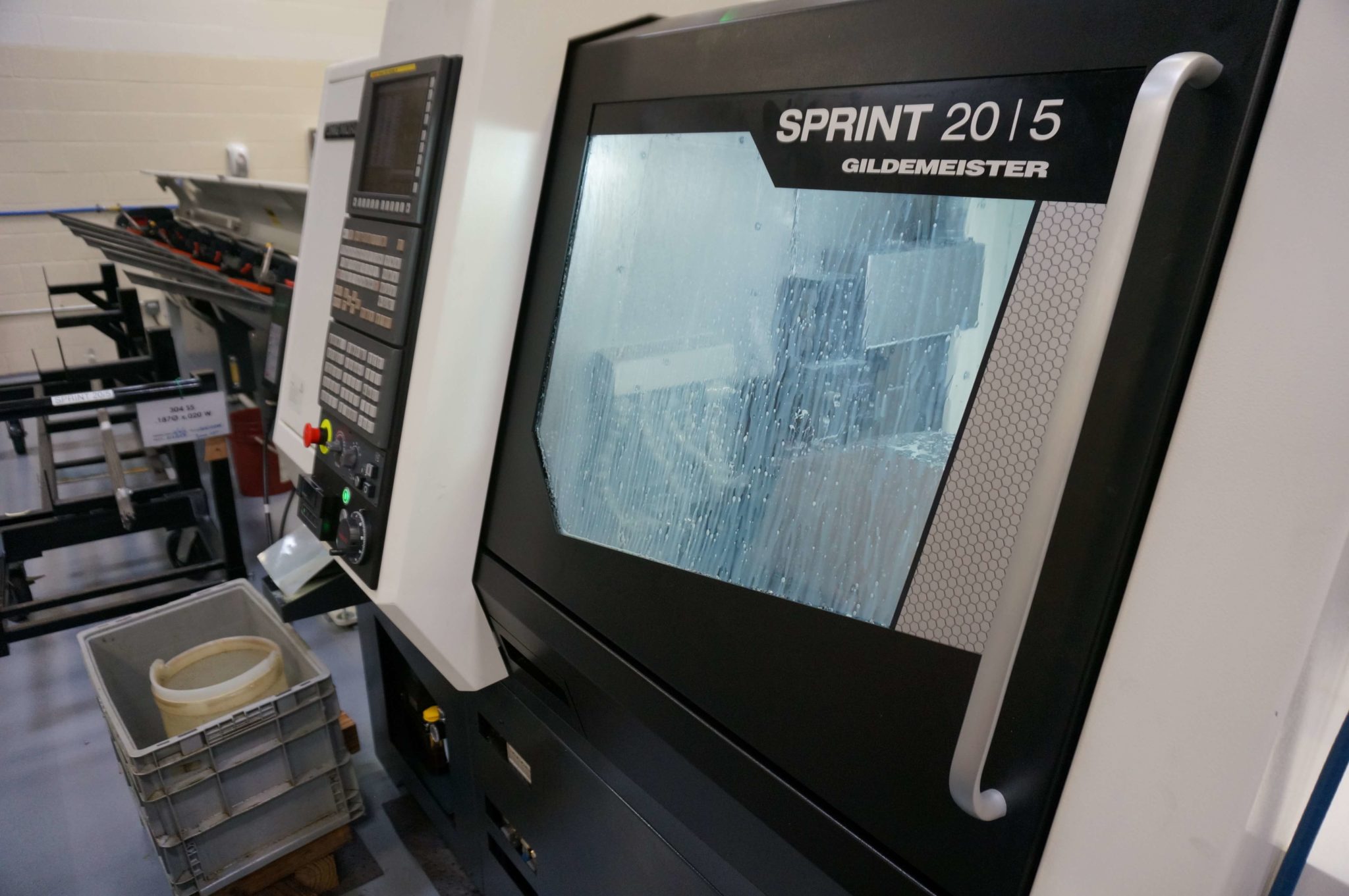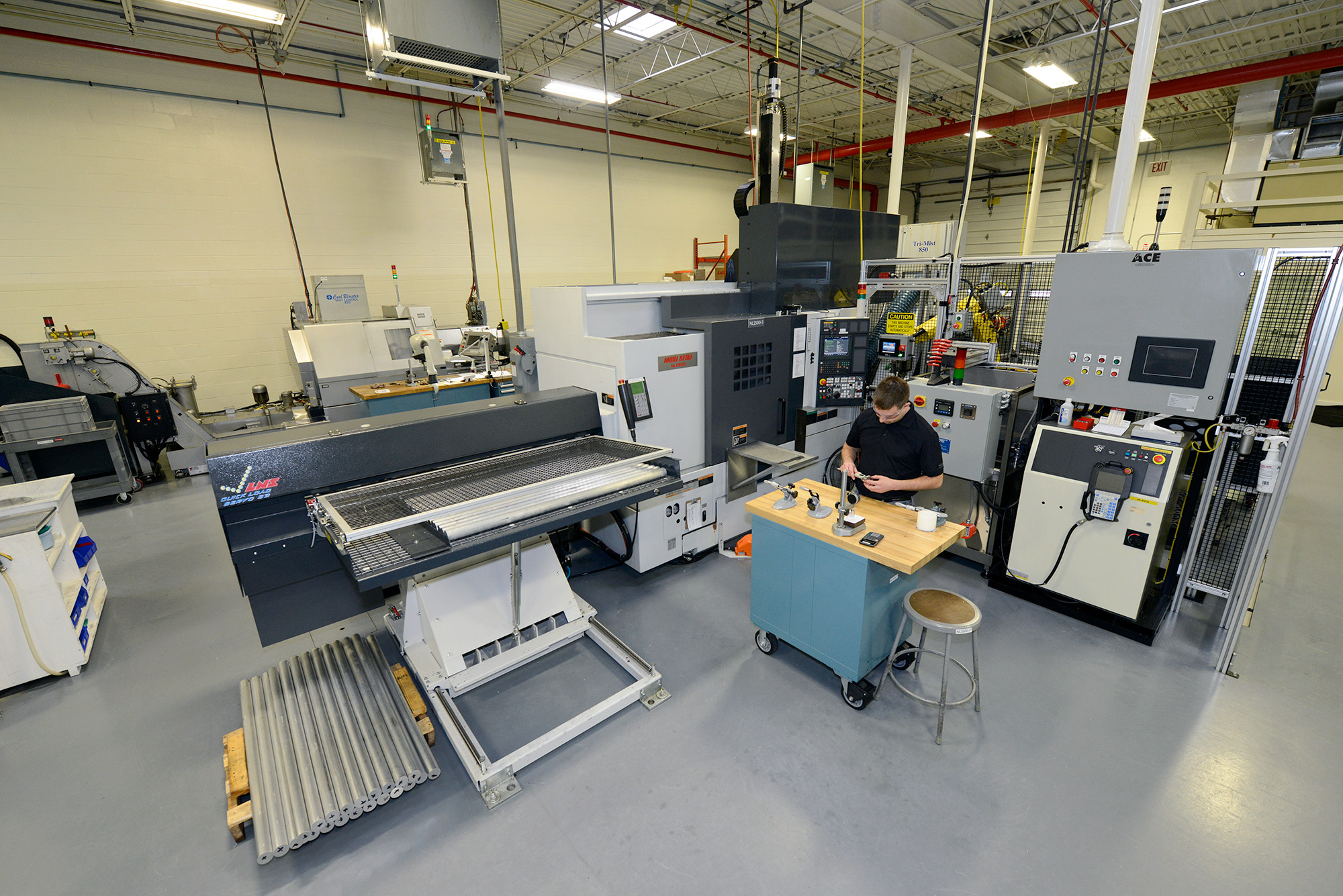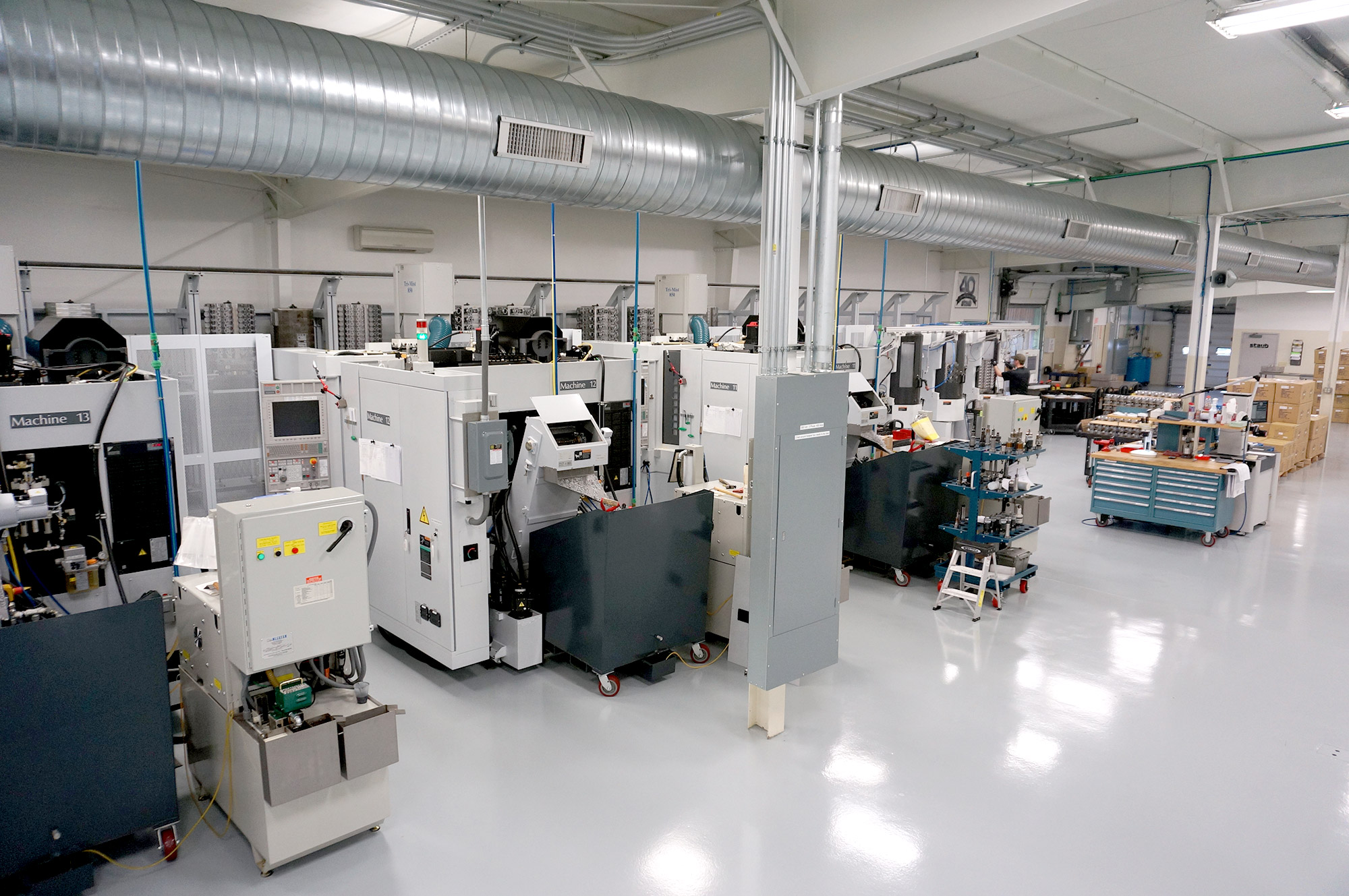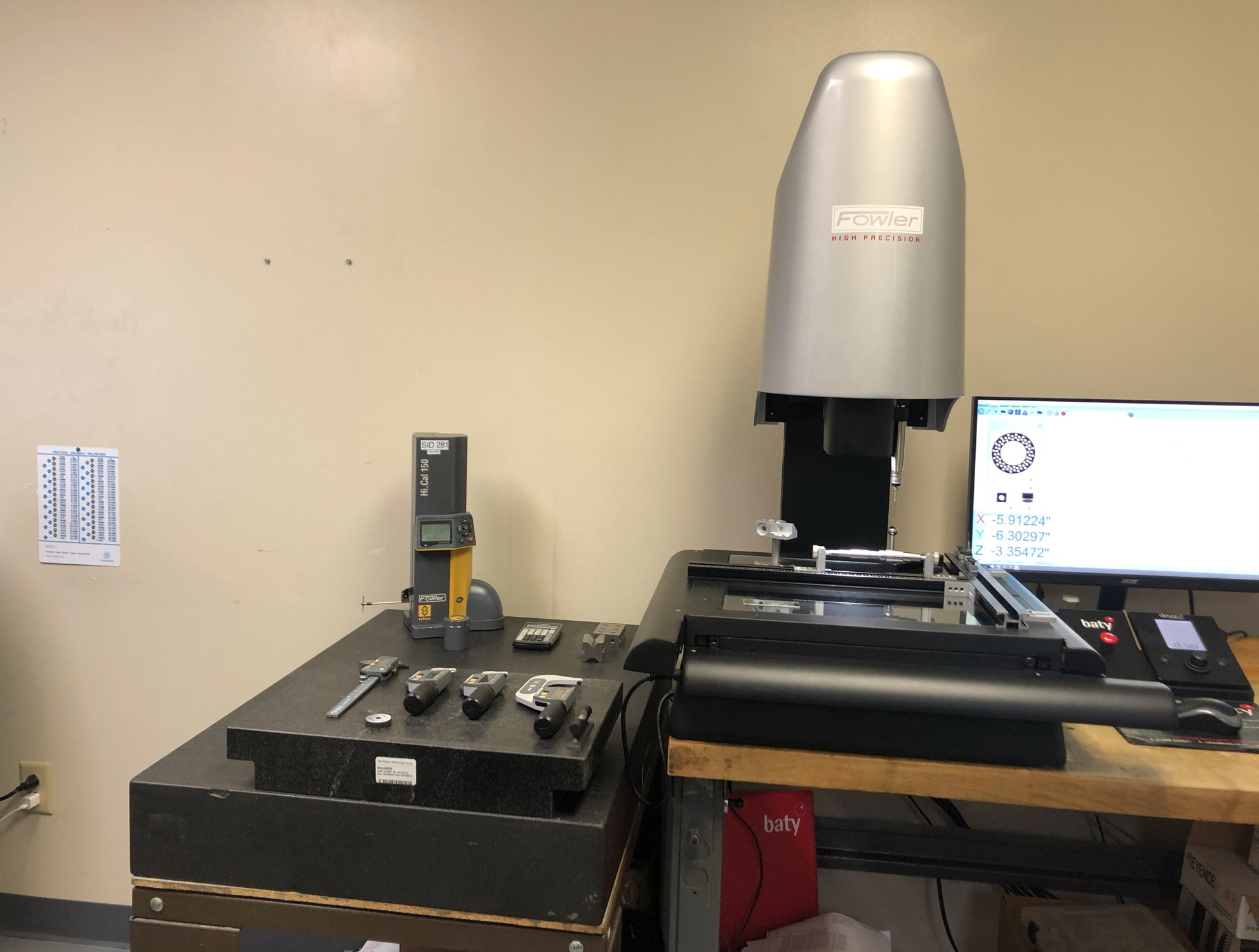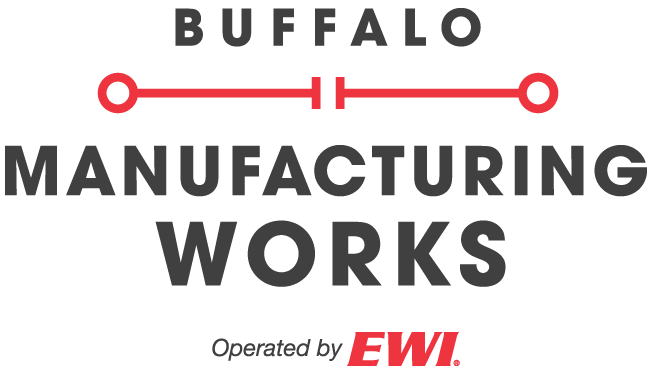Automated solutions. Consistent results.
We pair our state-of-the-art machinery with sophisticated automation to yield high-precision, high-volume production. With the proper infrastructure, consistent processes, and dedication to automate more and more every day, we’re able to continuously improve as a company—and for our customers.
Design for Manufacturing & Assembly
Precision Machining
Automated Manufacturing
Quality & Inspection
Assembly
Inventory Management
At Staub, we’re much more than a machine shop. Our commitment to quality and passion to continuously innovate has allowed us to exceed customer expectations for the past 40+ years.
We continue to embrace technology and automate our processes as much as possible. Our state-of-the-art equipment allows us to meet high-precision, high-volume production demands every time.
We don’t just believe in completing projects. We believe in building long-term partnerships by meeting customer needs. And our automation allows us to work with you on other solutions along the way.
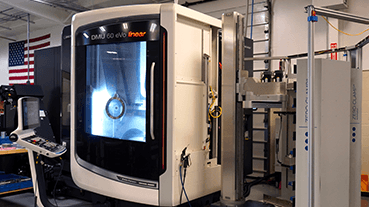
Case Study
Automated 5-Axis Milling in a Hurry
How our customer’s product demand led to increased part quality and decreased cost.
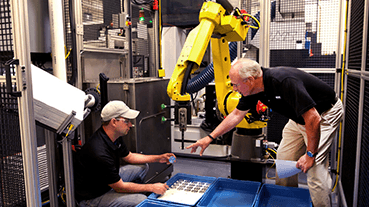
Case Study
Design Input Reduces Cost, Improves Performance
When our customer’s new shaft design proved difficult, it was up to us to come up with a new connection method.
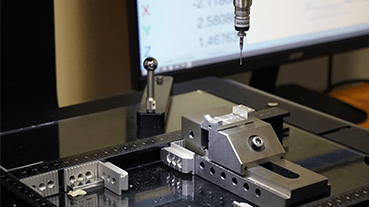
Case Study
The Right Tools for the Job
How we designed fixturing to not only maximize efficiency, but to exceed customer demands.

